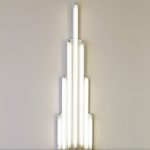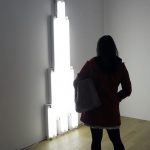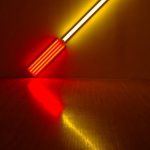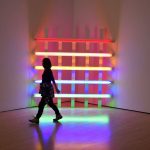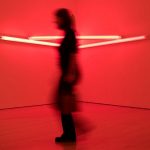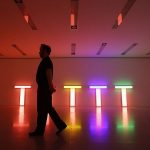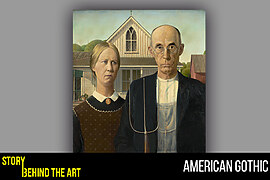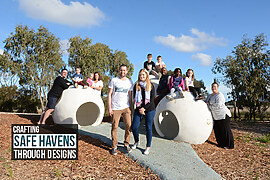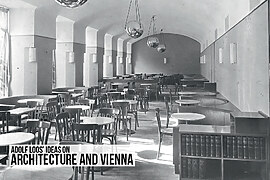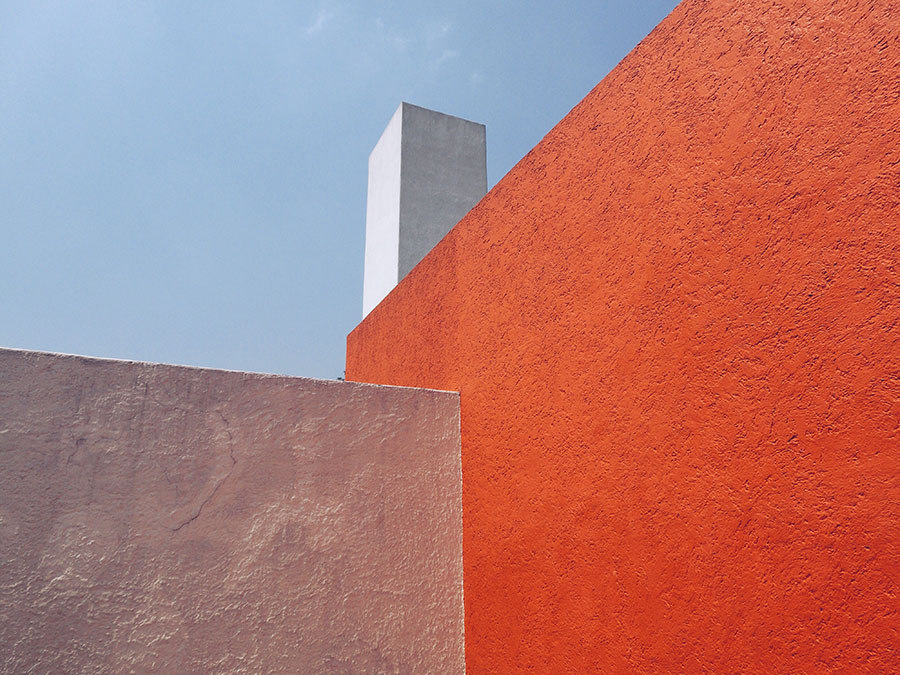With abstract art, there is often an ethereal ambience. Mysticism thrives in areas where beauty reigns supreme and meaning is ambiguous. However, some abstract artists deny that their work contains any grandeur, mystical qualities, or purpose beyond aesthetic niceties. Dan Flavin is a prime example of this phenomenon. Flavin, one of the most prominent artists of the twentieth century, pioneered the use of light in Modernist art. His works are stunning and unique, imploring imaginative interpretation. Their dreamy nature, gleaming brightness, and sometimes even their titles insinuate sacred associations. However, Flavin held that such affiliations would be without merit.
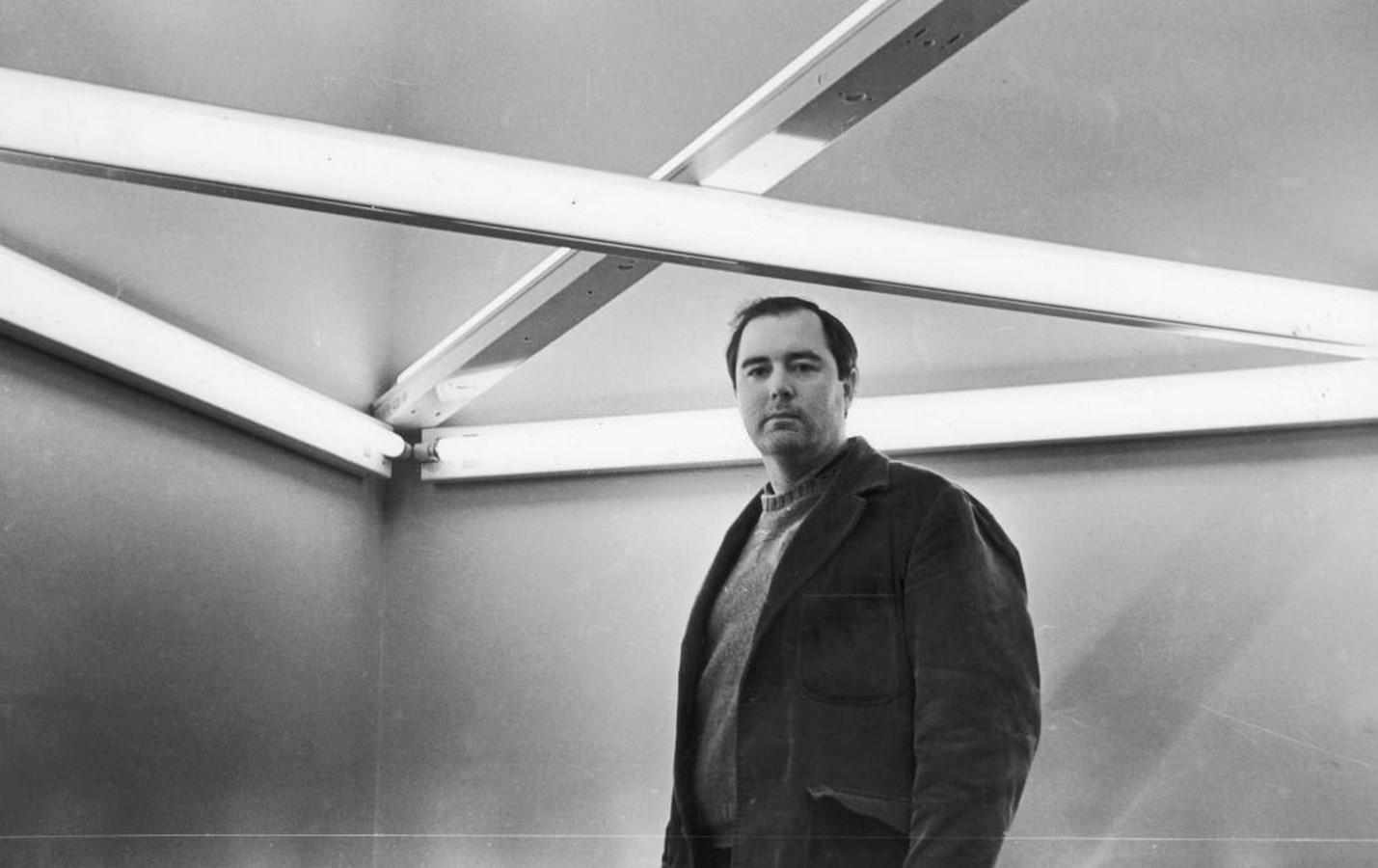
Flavin insisted that the only thing that his art involved was light shining on spaces, saying, “One might not think of light as a matter of fact, but I do. And it is, as I said, as plain and open and direct an art as you will ever find.”
Flavin’s Illuminated Journey | Dan Flavin
Daniel Flavin was born in 1933 in Jamaica, New York. He briefly pursued priesthood studies before enlisting in the United States Air Force. Through the University of Maryland Extension Program in Korea, Flavin studied art while serving in the military from 1954–1955. He briefly attended the Hans Hofmann School of Fine Arts upon returning to New York in 1956 and enrolled at the New School for Social Research to study art history. At Columbia University, Flavin took drawing and painting classes in 1959 and started creating assemblages and collages, revealing his early interest in Abstract Expressionism.
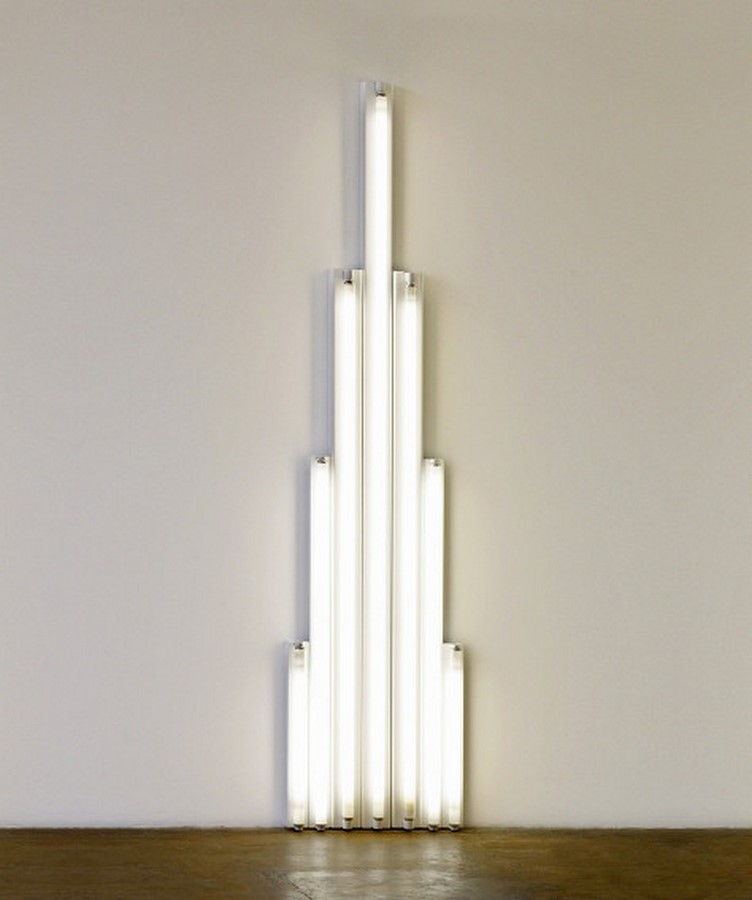
After experimenting with various painting and collage styles, he created his first light-based works in 1961, a series of painted boxes wired with light bulbs that hung on the wall. He referred to these works as “icons.”
In Byzantine times, the term icon referred to luminous, sacred paintings created by Russian Orthodox Christian painters. Flavin’s use of the term icon for these objects could easily imply spiritual intentions when combined with his history of being raised in a Catholic family and the five years he spent studying to become a priest. Except that Byzantine icon paintings took painstaking effort to meet exacting aesthetic standards. They graced the interiors of glorious, sacred spaces built to honor the divine and used expensive and rare mediums to achieve their luminous effect. Flavin’s icons were hollow, minimal objects made of inexpensive materials. According to Flavin, they were “constructed concentrations celebrating barren rooms” and used mass-produced light to achieve their luminosity. They were opposed to their historical counterparts in every manner. So were they iconic, or was Flavin trying to be funny?
Experiencing Life Through Light
Flavin had a breakthrough two years after creating his first icon. He took the bold step of removing the painted boxes, preceding the use of any secondary aesthetic supports, instead of attaching his lights directly to the wall. He associated himself with movements such as Arte Povera and Dadaism, due to their use of everyday materials and readymade objects, and Minimalism, due to its reliance on industrial materials and processes, by using slightly modified, store-bought fluorescent lights as objects of art. Flavin dedicated his first work in this new style to the artist Constantin Brancusi, whose sculpture Endless Column influenced his thinking.
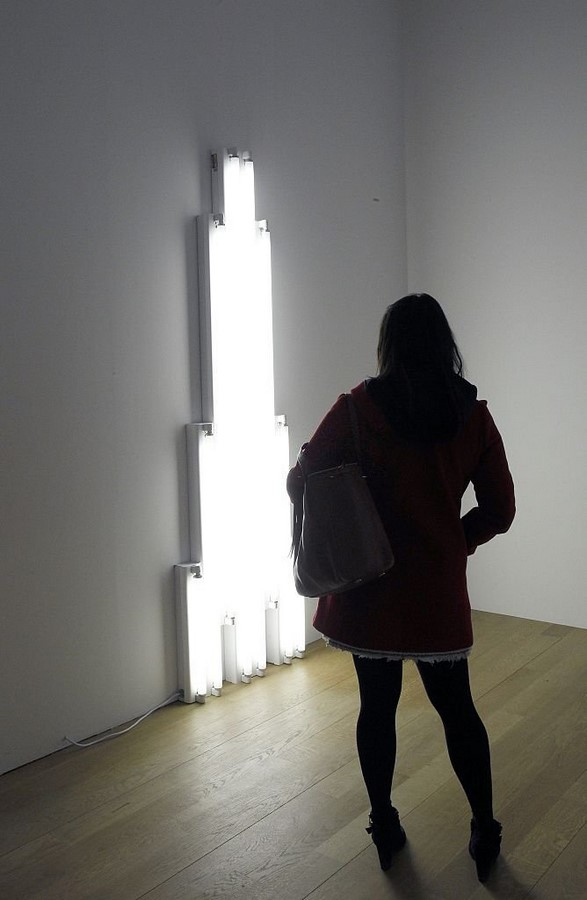
Flavin started a productive examination of the possibilities his new design afforded by limiting himself to a restrained color scheme and a narrow range of bulb sizes. In addition to making scores of nameless luminous pieces for other artists who impacted him, such as Alexander Calder, Robert Ryman, and Jasper Johns, he also built 50 pyramid-shaped “Monuments” for the Russian constructivist artist Vladimir Tatlin. What was amazing was that these compositions changed how people perceived the area in which they were displayed and served as beautiful items.
Post-death Recognition
Dan Flavin completed his final efforts in the 1990s, as his diabetes worsened. In 1992, he agreed to design a two-level ramp bathed in flashing green, blue, purple, and orange light for a new show at the Guggenheim Museum. After undergoing complex foot amputation surgery, Flavin could only find the physical fortitude to oversee his final large-scale work for the Prada Foundation in Milan, Italy, in 1996. Beyond Dan Flavin’s adulation during his lifetime, social media had propelled him to a new level of celebrity. Flavin’s reputation soared after his death in the late 1990s, thanks to his 2004 traveling exhibition Dan Flavin: A Retrospective. The show traveled from the National Gallery of Art in Washington, D.C., to the Los Angeles County Museum of Art, then to Munich, Paris, and London, featuring approximately fifty light installations and several never-before-seen drawings.
By the time it ended in 2007, prominent internet platforms like Twitter had established the roots for Instagram, which currently serves as one of Flavin’s most extensive improvised archives. Perhaps his return reflects a classic Minimalist rebirth in the millennial period, with his works now dedicated to living and dead characters. Perhaps it alludes to a broader paradoxical permanence evident throughout his fleeting collection of work. Dan Flavin’s timeless circumstances draw on art history, present politics, and ancient faiths to demonstrate tenacity beyond physical restrictions. Decades after his death, viewers have interpreted his art to live outside of the Minimalist movement, as if in an ethereal domain all his own. Dan Flavin’s cultural heritage shines brilliantly for all humanity to absorb today.
Some of Flavin’s Most Mentionable Works | Dan Flavin
If there is a single theme running across this vast retrospective of Dan Flavin’s career, it is evident: NO TRESPASSING. Flavin repeatedly lures viewers in before driving them away, preventing them from accessing an area or attacking them with light. Some of his works are so bright that we cannot live with them. Where does this ambiguous relationship with his audience stem from?
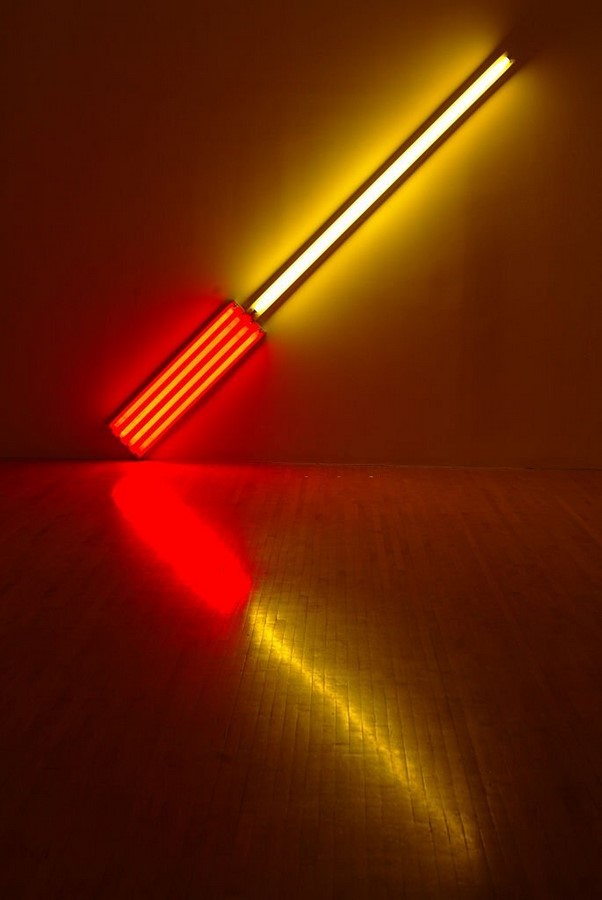
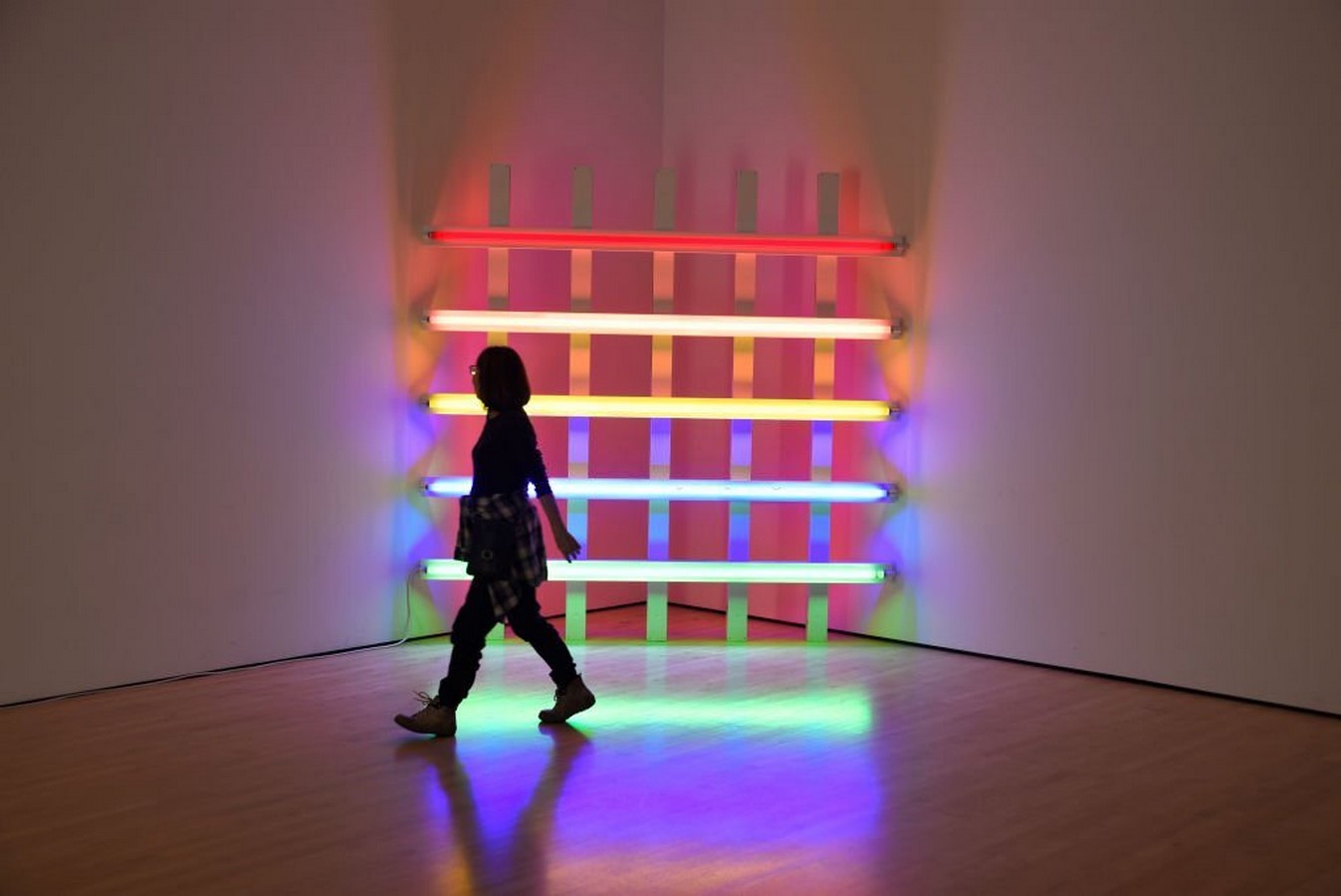
Another common trait in Dan’s work is that all his titled masterpieces have been dedicated pieces to people in his life. As the public’s interest in Flavin’s art grew, he gained access to a broader range of architectural locations to display his art. He used this advancement to delve more into how his light compositions could impact the nature of architectural space. He named his numerous ideas after the locations they occupied, such as “corners,” “barriers,” and “corridors.” His “corridors” occupied the architectural space of a corner, either creating an aesthetic phenomenon within the corridor itself or using the corner as a point of departure to alter the remainder of the room. His “barriers” constructed artificial boundaries in space, causing light to function as both the focal point and disruptors of the viewer’s experience.
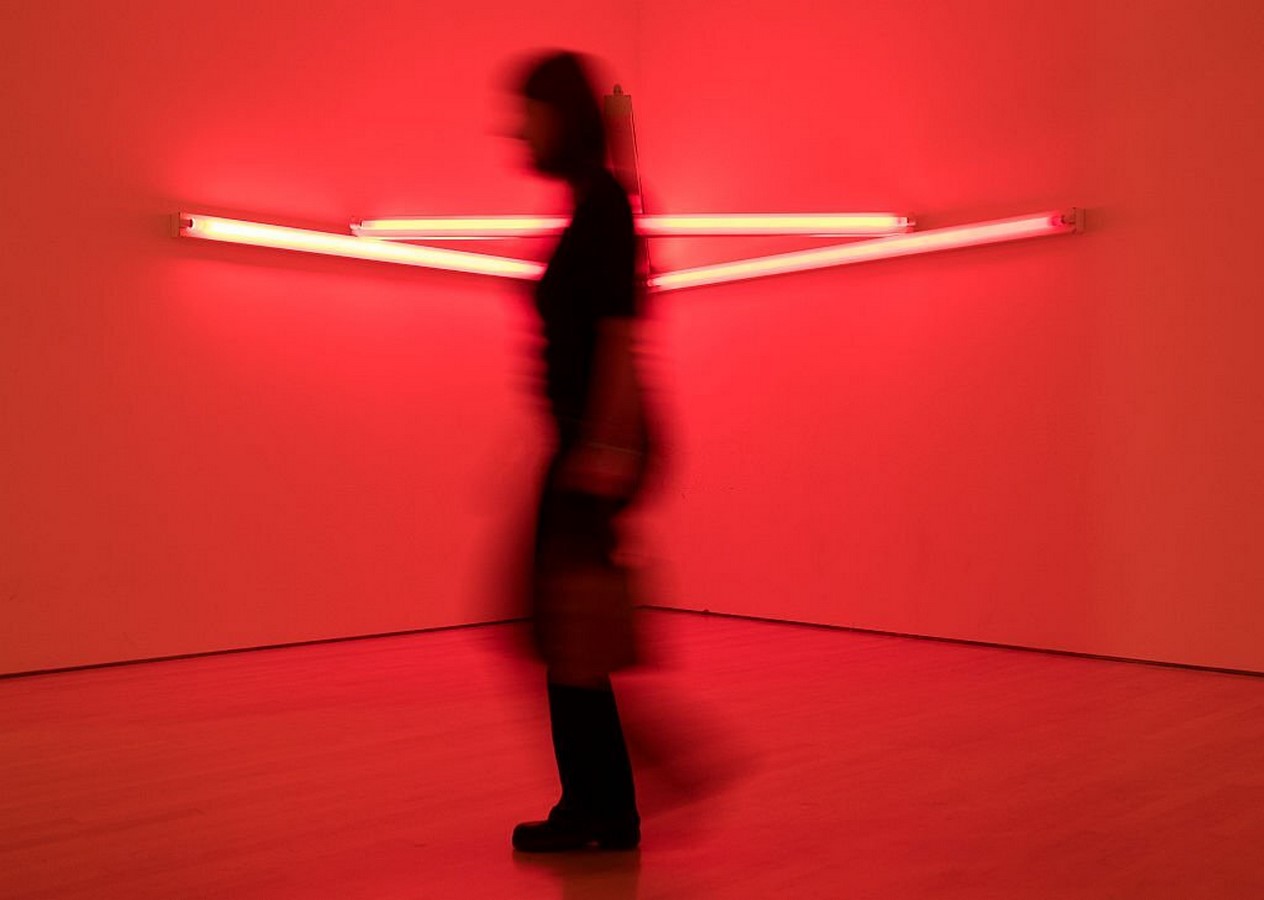
The light was utilized in Flavin’s “corridors” to alter the visual experience of hallways. They affected the perception of passageways in some circumstances. On other occasions, the corridor appeared to function as an exhibition space for a light composition. In several cases, the lights merely added to the overall appeal of the place.

https://www.gettyimages.in/photos/dan-flavin-?assettype=image&family=editorial&phrase=dan%20flavin%20&sort=mostpopular

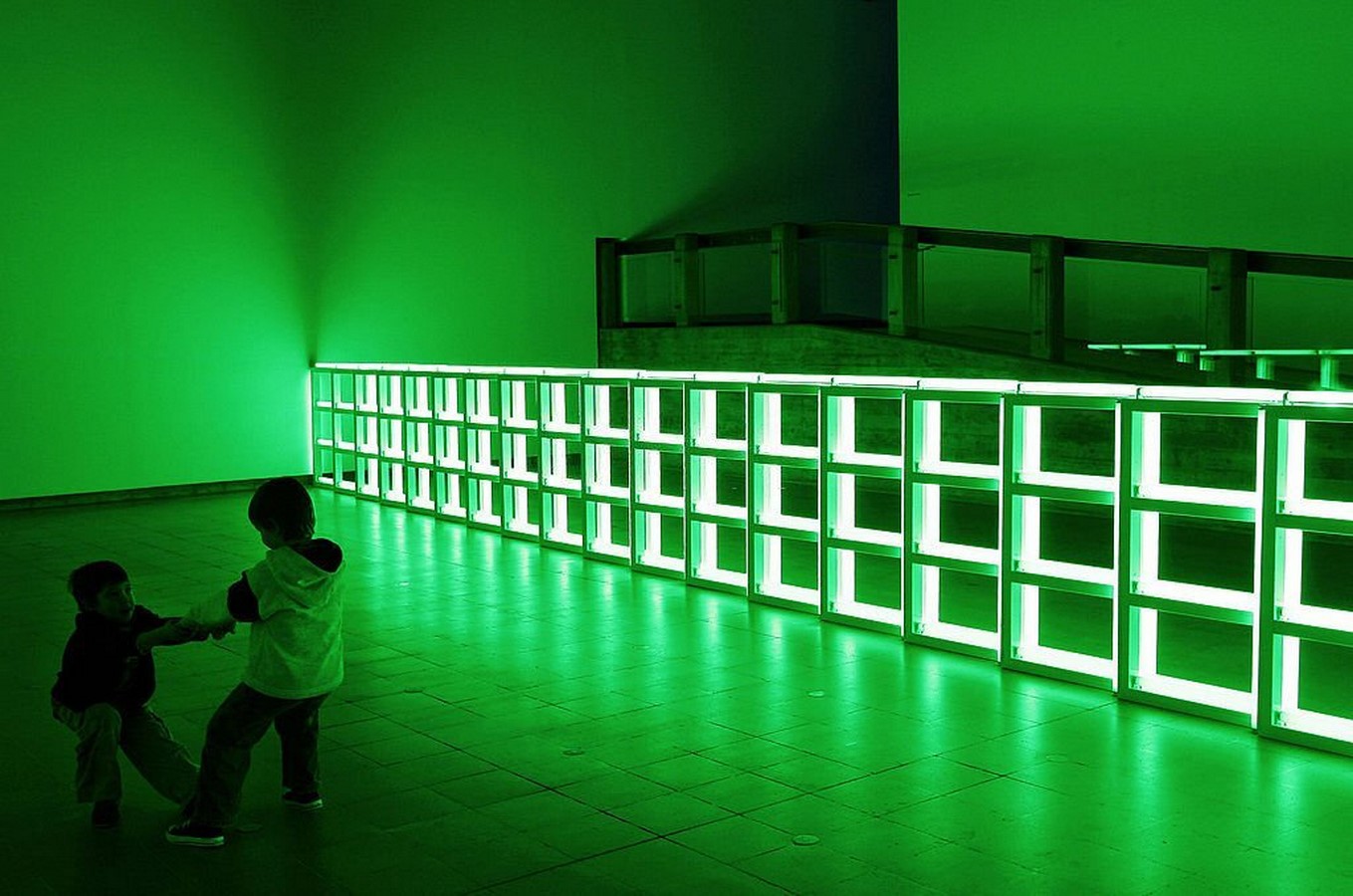
References:-
Dan Flavin Quotes. (n.d.). BrainyQuote.com. Retrieved June 22, 2022, from BrainyQuote.com Website: https://www.brainyquote.com/quotes/dan_flavin_304242









